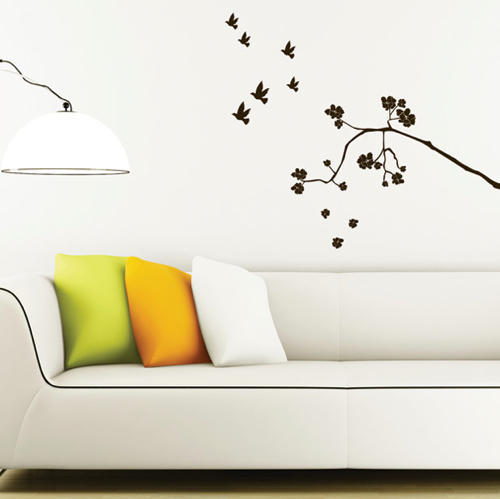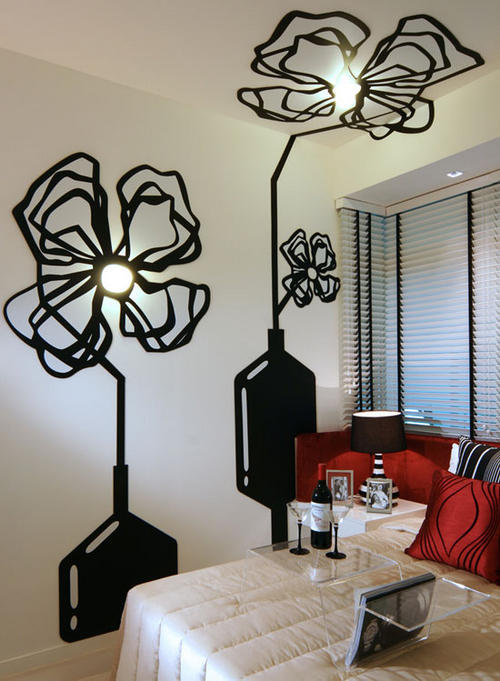Room Colour and How It Affects Your Mood

Ever wondered why some perfectly ordinary homes appear so warm and inviting, while plusher interiors may feel sterile and boring? The secret lies in the effective use of colour, for every shade has a psychological value that affects your mood.
Bright colours
Shades like yellow or bright green suggest the cheerfulness of sunlight and the joy of being outdoors. Bright colours are good for dining areas, kitchens and bathrooms, foyers and small areas. They energise and uplift the mood and provide a welcoming ambience. However, bright hues should be used in moderation; yellow in a main colour scheme for instance may evoke bursts of temper or emotions like frustration.
Warm colours
Colours like red and orange are all about warmth, energy and stimulation. It is considered too strong for bedrooms, but ideal within a living room colour scheme, especially if you love partying. A little orange in your exercise room could make your workout a breeze!
Dark colours
Light colours make spaces recede while dark walls pull a room closer. Painting a ceiling in a dark shade 'lowers' it, perfect for an intimate ambience but avoidable if you want an impression of expansiveness.
Blue is considered calming and hence, often recommended for bathrooms and bedrooms; however, dark blue can feel melancholy and should not be used as a main colour. Deep purple used as an accent colour spells luxury, sophistication and drama.
Pale colours
Many people think pastels are fail safe, but this is not the case. Icy blue feels cold in a room, more so if there is little access to natural light. One way to get over this problem is to offset it with furnishings and fabrics in warm hues. Softer shades of purple like lavender have the same calming quality of blue, but without the chilliness.
Neutral colours
Neutrals like white, brown, grey and black may seem boring on a shade card but make for effective backgrounds upon which to play with other, more stimulating colours. Black being a powerful colour should be limited to accents.
Creating a feature wall
A feature wall is a wonderfully effective way to perk up an uninspiring interior by creating a focal point. It's also a quick fix solution to a whole new look, if you aren't up to a full scale room makeover. There are several ways to create one, wallpaper with striking patterns, faux brick, painted murals or easy to install wall decals. Alternatively, a large, dramatic painting or photograph will also serve the purpose. Importantly, don¿t go overboard with feature walls around the house. Remember that less is more!
Colour choices are extremely subjective; use these basic guidelines to put together a selection that works well for you.